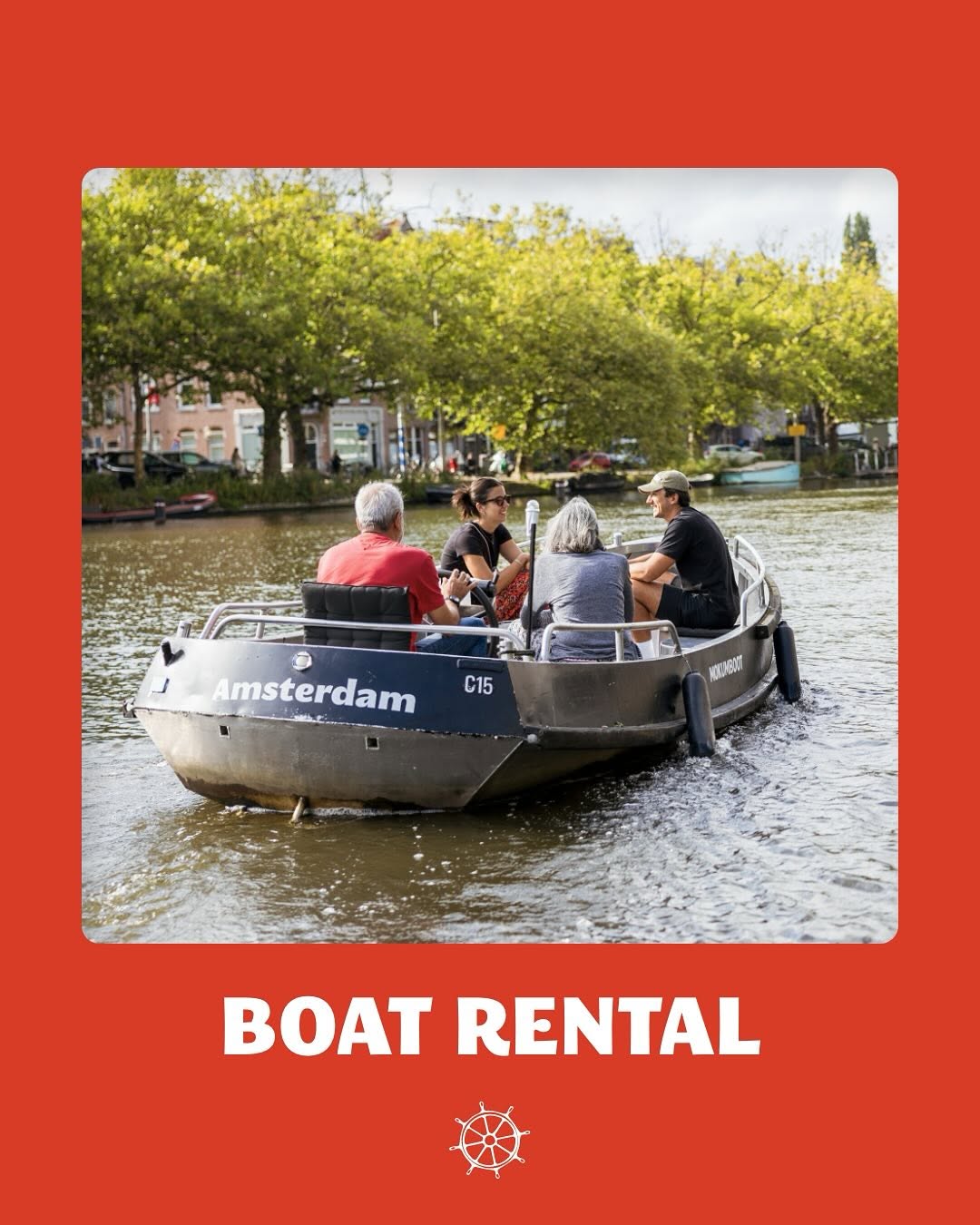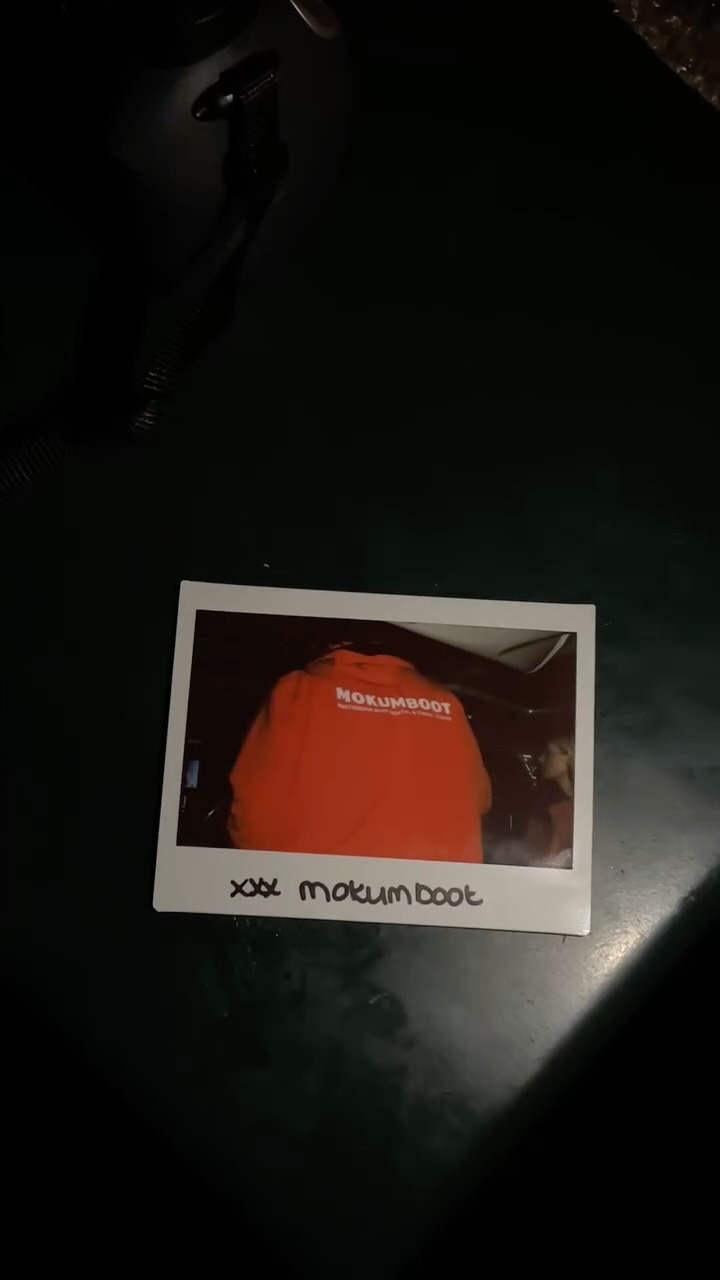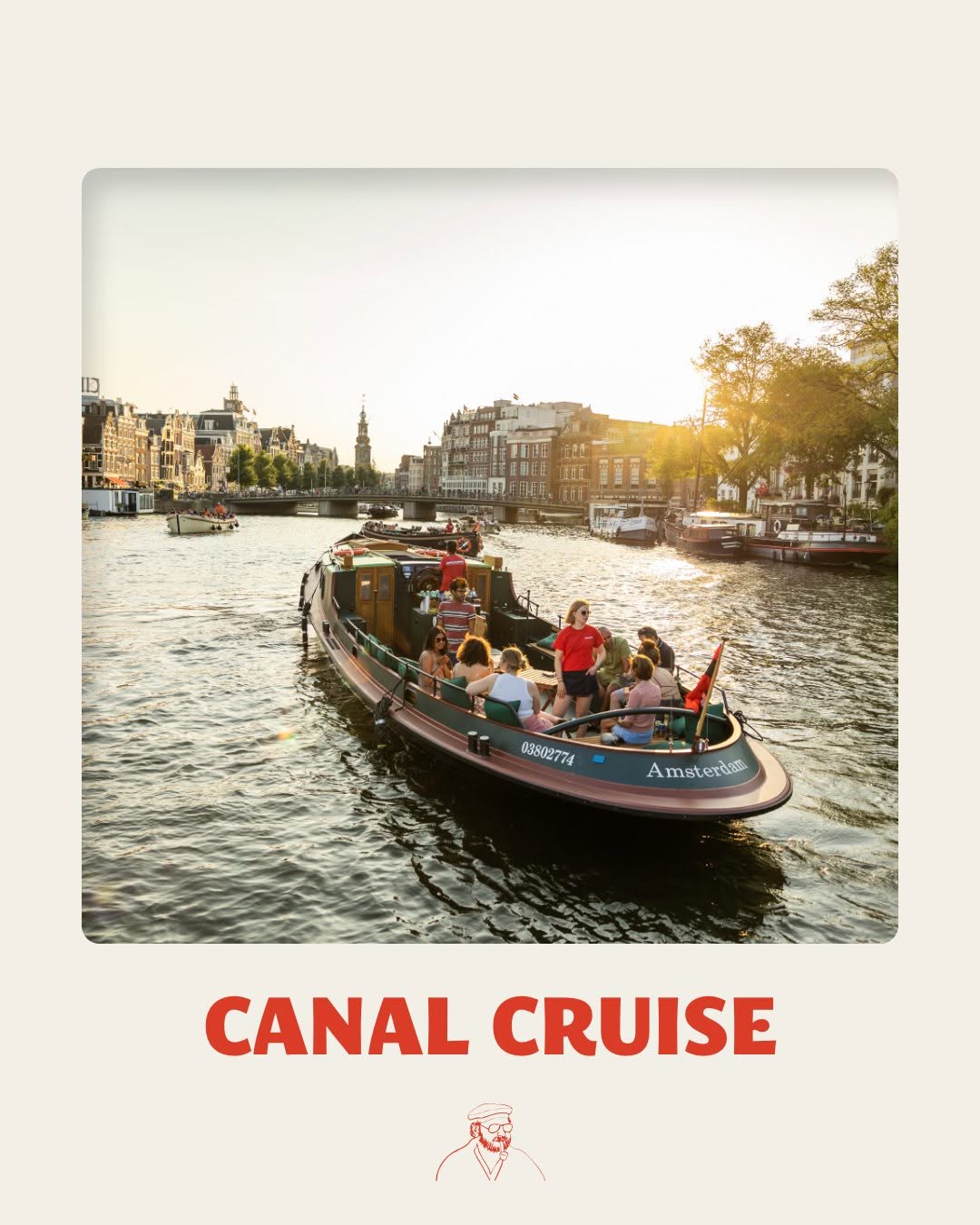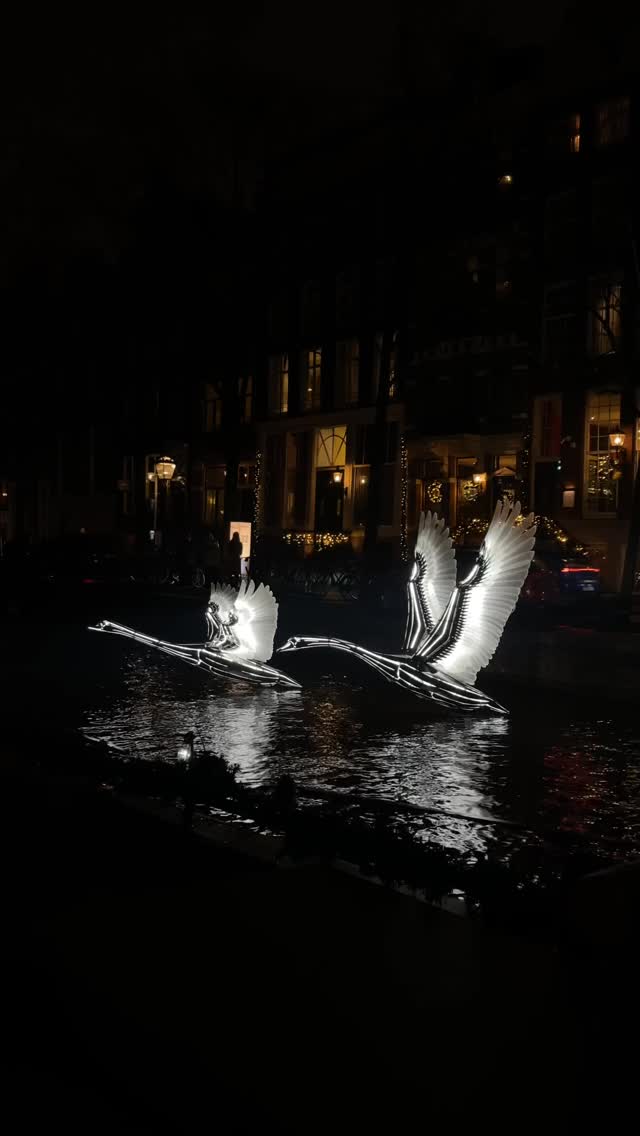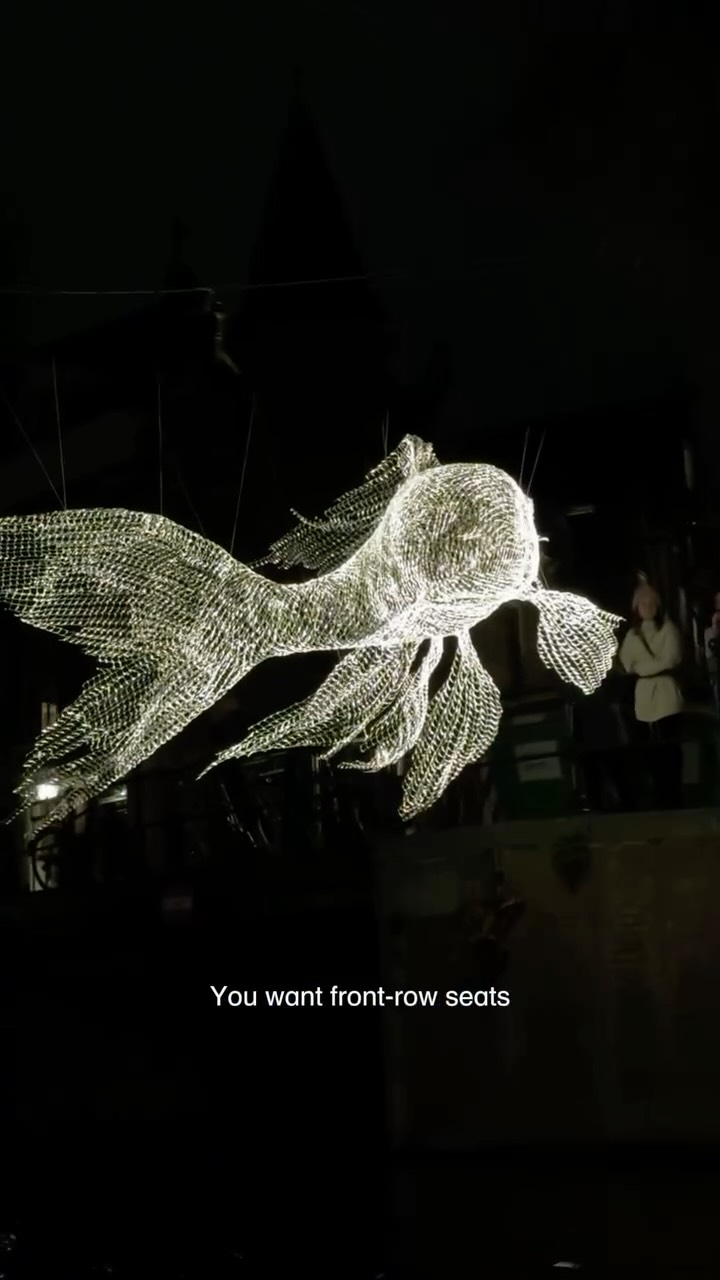10 Fascinating Amsterdam canal facts you probably didn’t know
When you think of Amsterdam, your mind likely paints a picture of charming bridges, historic facades and peaceful water reflections. The canals are more than just a scenic backdrop. They are the heart and soul of the city. At Mokumboot, we sail these waters every day, and we know just how much wonder they hold. Whether you’re planning your first canal tour or you’ve sailed with us before, here are ten fascinating facts about the Amsterdam canals that will give your cruise a whole new layer of meaning.
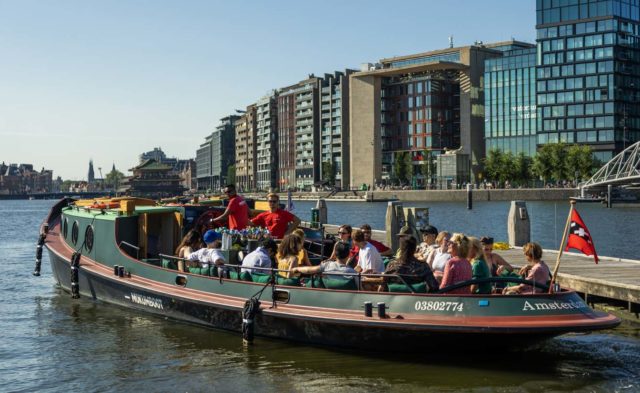
1. The canal ring is a UNESCO World Heritage Site
Yes, that’s right. Amsterdam’s canal belt, or Grachtengordel, was recognised as a UNESCO World Heritage Site in 2010. This isn’t just an honour. It’s a testament to the unique urban planning of the 17th century, when Amsterdam expanded rapidly during its Golden Age. The canals were laid out in a pattern so clever and harmonious that it still defines the city’s charm today. As you glide along in a Mokumboot sloop, you’re literally floating through a masterpiece of world history.
2. There are more kilometres of canals than in Venice
Venice often gets all the fame, but did you know Amsterdam has more canals than Venice? Amsterdam boasts over 100 kilometres of canals, compared to Venice’s 38 kilometres. There are also more than 1,500 bridges connecting around 90 islands. It’s no wonder Amsterdam is sometimes called the Venice of the North, but in many ways, it outshines its Italian counterpart.
3. Amsterdam has more bridges than Venice
While Venice is often praised for its romantic bridges, Amsterdam actually has far more. With over 1,700 bridges crisscrossing the canals, streets and islands, the city has nearly four times as many as Venice, which has around 400. From graceful stone arches to charming drawbridges, each crossing adds to the character of the city. When you sail with Mokumboot, you’ll pass under dozens of these iconic bridges, each offering a new perspective and a moment of quiet wonder. It’s like drifting through a living painting where every bridge frames a different scene.
4. The canals are home to over 2,500 houseboats
Living on the water is part of everyday life here. Around 2,500 houseboats line the canals of Amsterdam, each with its own unique style and story. Some are ultra-modern with solar panels and rooftop gardens, while others have a vintage charm you’ll fall in love with. There’s even a Houseboat Museum you can visit to get a peek inside. During your cruise, don’t be surprised if you see locals watering their plants or having coffee right on their floating front porch.
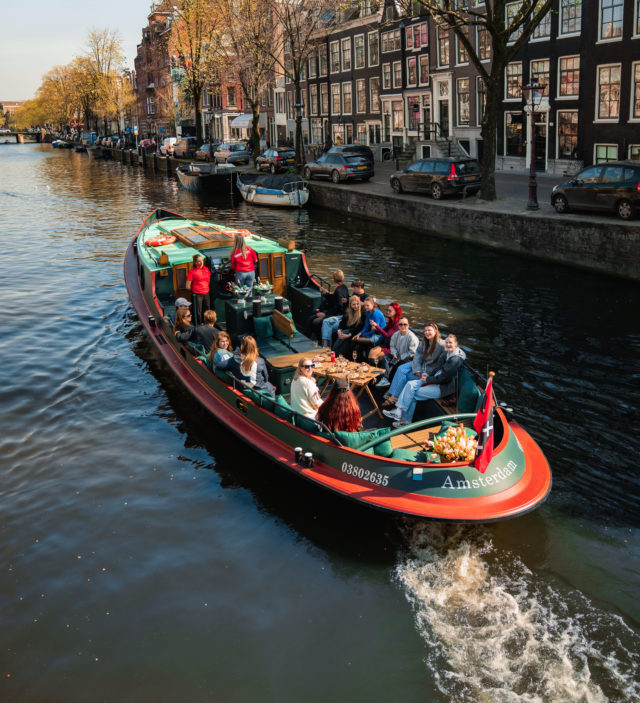
5. The three main canals form a horseshoe shape
The Herengracht, Keizersgracht and Prinsengracht form the three major canals in Amsterdam’s city centre. Together, they create a near-perfect horseshoe shape encircling the old town. This layout was designed not just for aesthetics, but to improve trade and transportation during the Golden Age. Today, this elegant arc is still one of the best ways to experience the beauty and history of the city in one relaxing cruise.
6. Lost bicycles are fished out daily
Amsterdam and bicycles go hand in hand. But not all bikes stay above water. Each year, around 15,000 bikes are pulled out of the canals by city clean-up crews. While some end up there accidentally, others are tossed in during celebrations or by mischievous hands. It’s a quirky reminder of the city’s love affair with two wheels and the vibrant (and sometimes chaotic) energy of everyday life.
7. The canals were originally for defence
It might surprise you to know that the canals weren’t originally meant for scenic boat rides. They were part of a smart defence strategy. The water surrounding the old city provided protection against invaders, while also helping to manage water levels and drainage in a city built below sea level. What began as a necessity has grown into one of the most beloved features of Amsterdam.
8. Every bridge has a name and a story
While you cruise along, take a moment to look at the bridges. Each one has a name and many have a unique history. From lovers locking padlocks on Magere Brug (the Skinny Bridge) to stories of smugglers and tradesmen passing under its arches, these crossings are more than functional. They’re storytellers in stone and steel, each with its own part in the city’s tale.
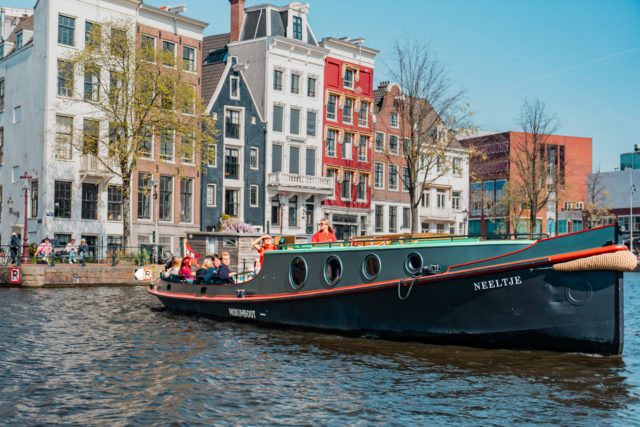
9. Some canal houses are actually tilting
As you cruise past the elegant canal houses, you might notice something curious: some of them are leaning forward. This isn’t just your imagination. Many of these historic buildings were built on wooden piles driven into the soft, marshy soil. Over time, the wood has shifted slightly, causing some houses to tilt. Interestingly, some were even designed to lean forward on purpose. This made it easier to haul goods up to the higher floors using pulleys, without damaging the façade. It’s a charming quirk that makes the skyline of the canals even more unique.
10. There’s a cat boat floating on the canal
Yes, you read that right: a boat full of cats! De Poezenboot, or The Cat Boat, is a floating animal sanctuary on the Singel canal, and it’s one of the city’s most unusual sights. Started in the 1960s by a kind-hearted local, this sanctuary now helps dozens of stray and abandoned cats find loving homes. Visitors are welcome to stop by and say hello to the furry residents. It’s just one more example of how the canals are full of life, stories and surprises, far beyond what you might expect.

